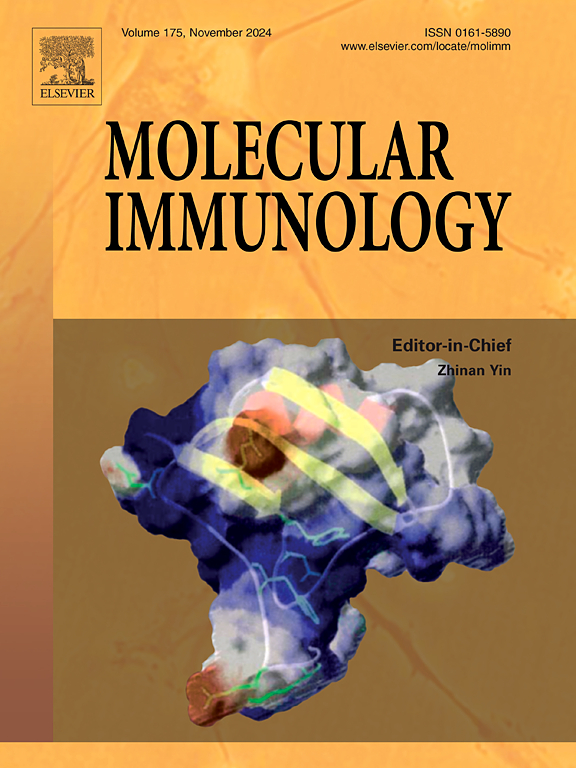MAP30通过增加EGR1的表达和促进DUSP1的转录激活来抑制膀胱癌的增殖和转移
IF 3
3区 医学
Q2 BIOCHEMISTRY & MOLECULAR BIOLOGY
引用次数: 0
摘要
30 kDa Momordica anti-human immunodeficiency virus protein (MAP30)已证实具有肿瘤抑制作用,但其在肿瘤发生和转移中的作用机制还有待进一步研究。为此,我们深入探讨了MAP30在膀胱癌(BC)中的内在机制。在这里,我们证明了MAP30在体外显著抑制人BC细胞的增殖、迁移、侵袭和血管生成能力,以及体内肿瘤转移潜力。此外,我们的研究结果表明,MAP30通过上调早期生长反应1 (early growth response 1, EGR1)的表达水平来抑制BC细胞的功能活性。此外,我们的研究证实EGR1和双特异性磷酸酶1 (DUSP1)在BC中下调表达,并已被确定与BC的进展密切相关。DUSP1被EGR1转录诱导,在人BC组织中发现EGR1的表达与DUSP1呈正相关。研究发现,EGR1的敲低可通过MAPK信号通路促进细胞侵袭、迁移、增殖和血管生成,然而,在BC细胞中,DUSP1的过表达抑制了EGR1敲低诱导的这些功能活性的促进。此外,MAP30通过调节EGR1-DUSP1轴抑制BC细胞的侵袭、迁移、增殖和血管生成。我们的研究为MAP30对BC进展的抑制作用提供了详尽的见解。本文章由计算机程序翻译,如有差异,请以英文原文为准。
MAP30 inhibits proliferation and metastasis of bladder cancer by increasing EGR1 expression and promoting the transcriptional activation of DUSP1
The confirmed tumor-inhibitory effects of the 30 kDa Momordica anti-human immunodeficiency virus protein (MAP30) have yet to be complemented by an exploration into its mechanism of action on tumor development and metastasis. For this purpose, we delved into the intrinsic mechanism of MAP30 in bladder cancer (BC). Here, we demonstrated that MAP30 markedly suppressed the proliferation, migration, invasion, and angiogenic capabilities of human BC cells in vitro, and the tumor metastatic potential in vivo. Furthermore, our findings showed that MAP30 suppressed the functional activities of BC cells by upregulating the expression levels of early growth response 1 (EGR1). Additionally, our investigation confirmed that EGR1 and dual specificity phosphatase 1 (DUSP1) were down-expressed in BC and had been identified as closely linked to the advancement of BC. DUSP1 was transcriptionally induced by EGR1, and the expression of EGR1 was found to be positively linked with DUSP1 in human BC tissues. The knockdown of EGR1 was found to boost cell invasion, migration, proliferation, and angiogenesis via the MAPK signaling pathway, however, the overexpression of DUSP1 inhibited EGR1 knockdown-induced promotion of these functional activities in BC cells. Furthermore, MAP30 inhibited the invasion, migration, proliferation, and angiogenesis of BC cells by regulating the EGR1-DUSP1 axis. Our study yielded an exhaustive insight into the suppressive actions of MAP30 on BC progression.
求助全文
通过发布文献求助,成功后即可免费获取论文全文。
去求助
来源期刊

Molecular immunology
医学-免疫学
CiteScore
6.90
自引率
2.80%
发文量
324
审稿时长
50 days
期刊介绍:
Molecular Immunology publishes original articles, reviews and commentaries on all areas of immunology, with a particular focus on description of cellular, biochemical or genetic mechanisms underlying immunological phenomena. Studies on all model organisms, from invertebrates to humans, are suitable. Examples include, but are not restricted to:
Infection, autoimmunity, transplantation, immunodeficiencies, inflammation and tumor immunology
Mechanisms of induction, regulation and termination of innate and adaptive immunity
Intercellular communication, cooperation and regulation
Intracellular mechanisms of immunity (endocytosis, protein trafficking, pathogen recognition, antigen presentation, etc)
Mechanisms of action of the cells and molecules of the immune system
Structural analysis
Development of the immune system
Comparative immunology and evolution of the immune system
"Omics" studies and bioinformatics
Vaccines, biotechnology and therapeutic manipulation of the immune system (therapeutic antibodies, cytokines, cellular therapies, etc)
Technical developments.
 求助内容:
求助内容: 应助结果提醒方式:
应助结果提醒方式:


